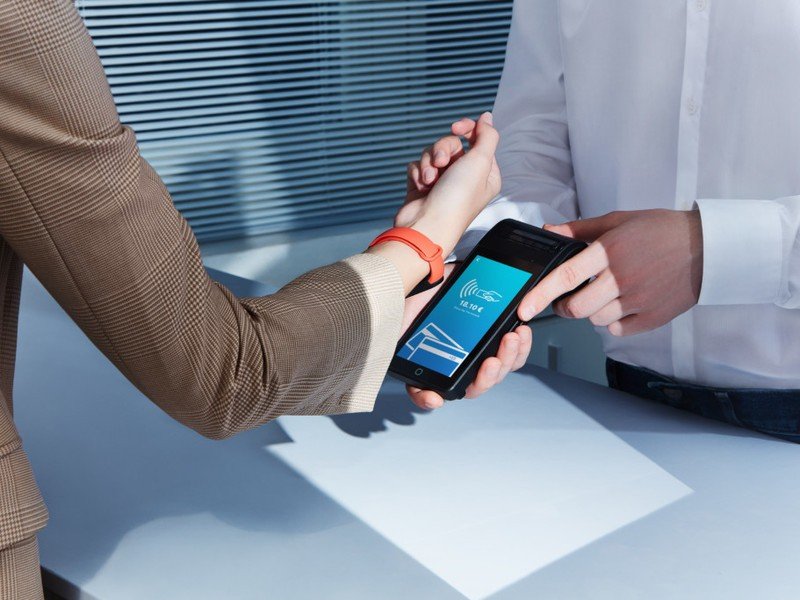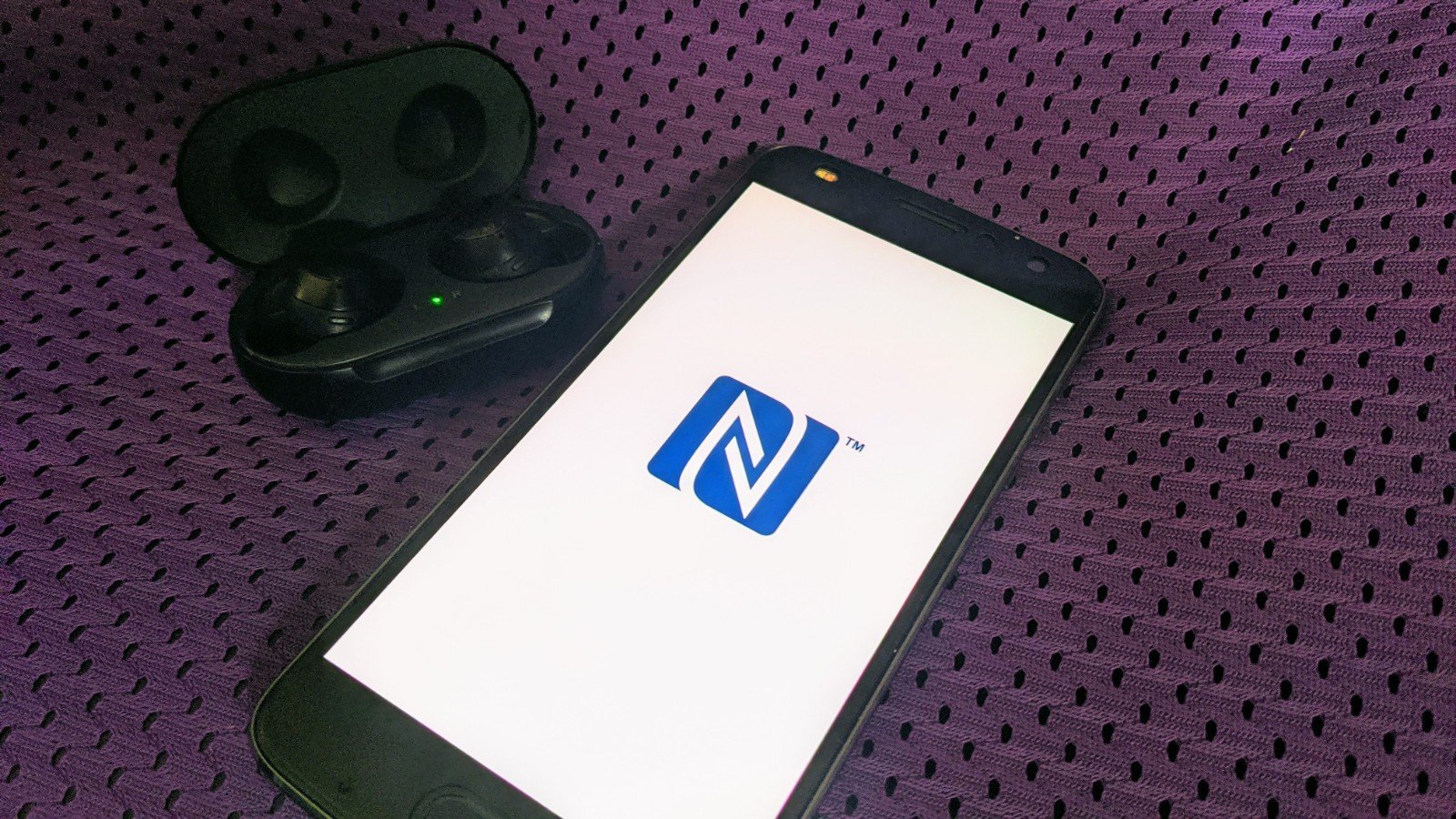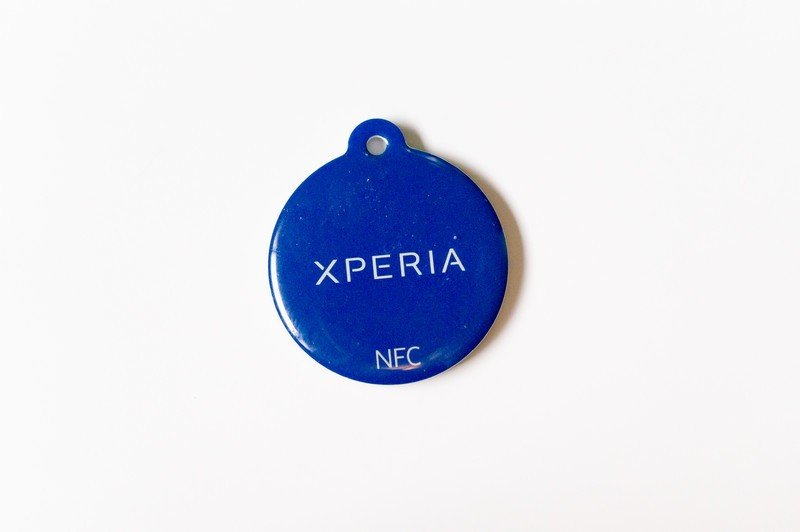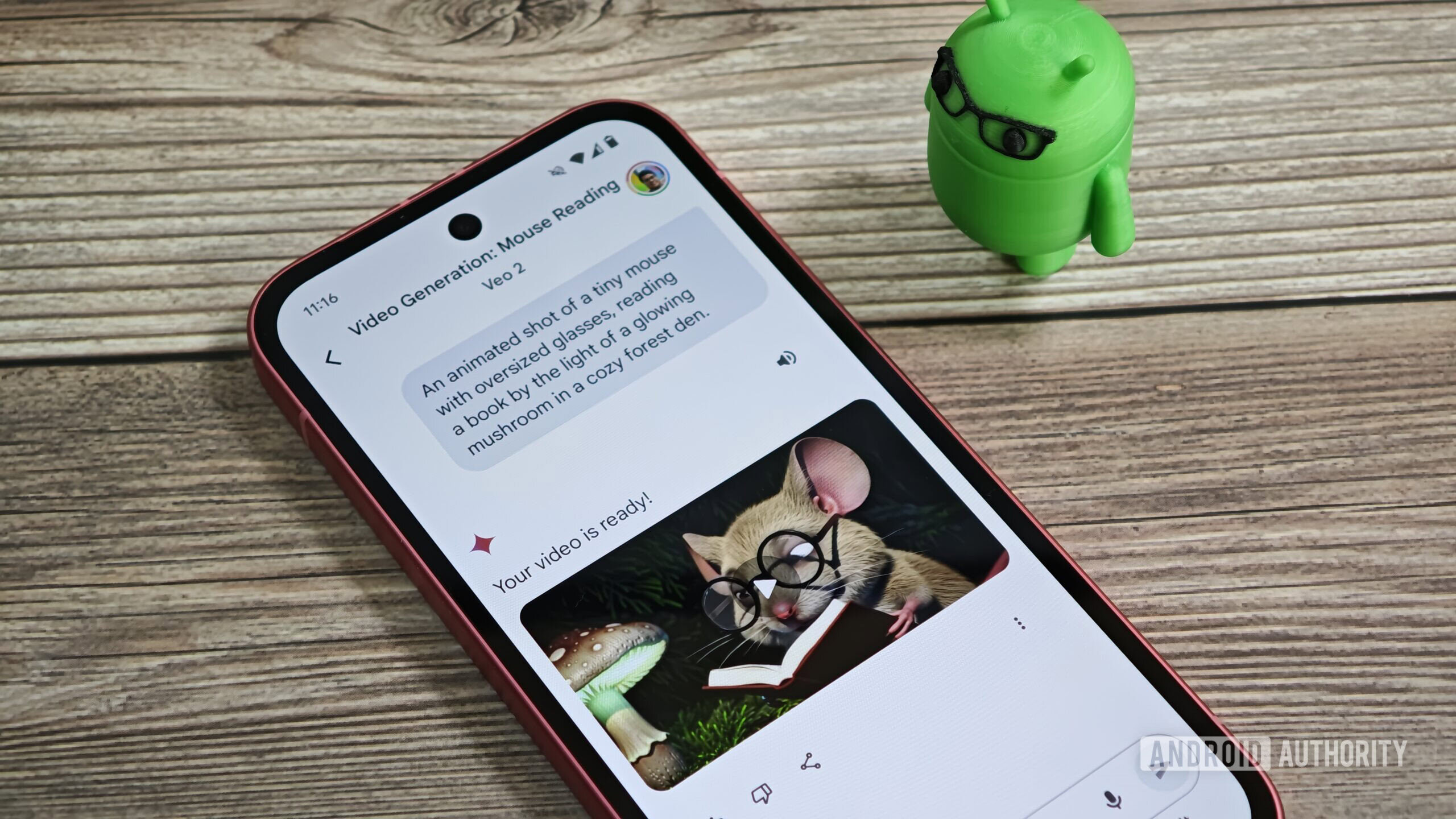Tech Talk: NFC is getting an upgrade. But how does NFC work?

Tech Talk
Welcome to Tech Talk, a weekly column about the things we use and how they work. We try to keep it simple here so everyone can understand how and why the gadget in your hand does what it does.
Things may become a little technical at times, as that’s the nature of technology — it can be complex and intricate. Together we can break it all down and make it accessible, though!
You might not care how any of this stuff happens, and that’s OK, too. Your tech gadgets are personal and should be fun. You never know, though, you might just learn something.
NFC Release 15 extends range to 2 cm

The NFC Forum has announced NFC Release 15, the standard that sets how Near Field Communications works.
With Release 15, there is one major change and a few minor ones. Notably, the range of NFC has been increased from 0.5 centimeters to a full 2 centimeters, extending the range by a factor of four.
Along with changes to increase reliability, speed, and sustainability (by allowing one tag to support both standard and extended Digital Product Passport data), the extended range means things will work faster and better.
By extending the range, you also increase the “sweet spot” where the transmitting and receiving devices’ alignment is perfect. Whatever you’re trying to do with NFC, it will now start doing it sooner and faster.
All that is great — a 2cm range still isn’t enough to warrant using some shielded wallet to protect your credit cards (save your money), but it means that the payment terminal won’t be as fussy when you try to use your phone or watch to buy lunch. Good stuff. But how does it all work?
How does NFC work without a power source?

We sort of understand how data is transmitted; you need one device to send it and one to receive it, and both have a power supply of some sort. Your debit card, NFC tag, or sticker does not have its own power source, though.
Except that it does when it needs it!
NFC works kind of the same way wireless chargers work. Using an induced magnetic field, a passive device has enough power to send the data it contains. Here’s a simplified step-by-step.
NFC tags don’t have power: NFC tags are passive and don’t have their own power supply, battery, or need to be plugged into the wall. They’re a microchip with data imprinted on it.
The reader induces the power: An NFC reader, like your phone, can read the data stored on the NFC tag and has a battery. When it gets in range of the proper tag, it releases an alternating magnetic field — it “pulses” energy at a specific frequency and range.
The tag leeches the power. When an NFC sender like a tag gets within range of this magnetic field, a small electrical current is induced. The physics of how it does this is pretty complicated, but the practical side means that the NFC tag’s antenna now has just enough power to transmit its data.
Because of how it works, NFC has a short range. This is actually beneficial because it means that only the intended two devices communicate. You wouldn’t want the cash register reading your card to pay for whatever the person in front of you is buying.

You can manipulate the frequency of the magnetic field from the reader to change the range, which is what the NFC Forum has done with Release 15. Because the range is spherical (extending in all directions), it means the tag’s antenna is powered without the alignment being critical; your phone can pay for your smoothie without being in the perfect spot.
If you’ve ever tried to buy a Coke from a vending machine using NFC while your hands were full, you know how important this is.
NFC uses the principle that the tag is simply a small antenna that can harvest the energy it needs to send the data it holds. Software on the device that is doing the reading, like a phone or a watch, initiates this transfer and decides what to do with the data.
NFC tags are used for payments, but also have plenty of other applications. You can pair Bluetooth devices using NFC or even unlock the door of your hotel room with a tag embedded inside a keycard.
It’s pretty cool technology that we usually never think about.
Source link






